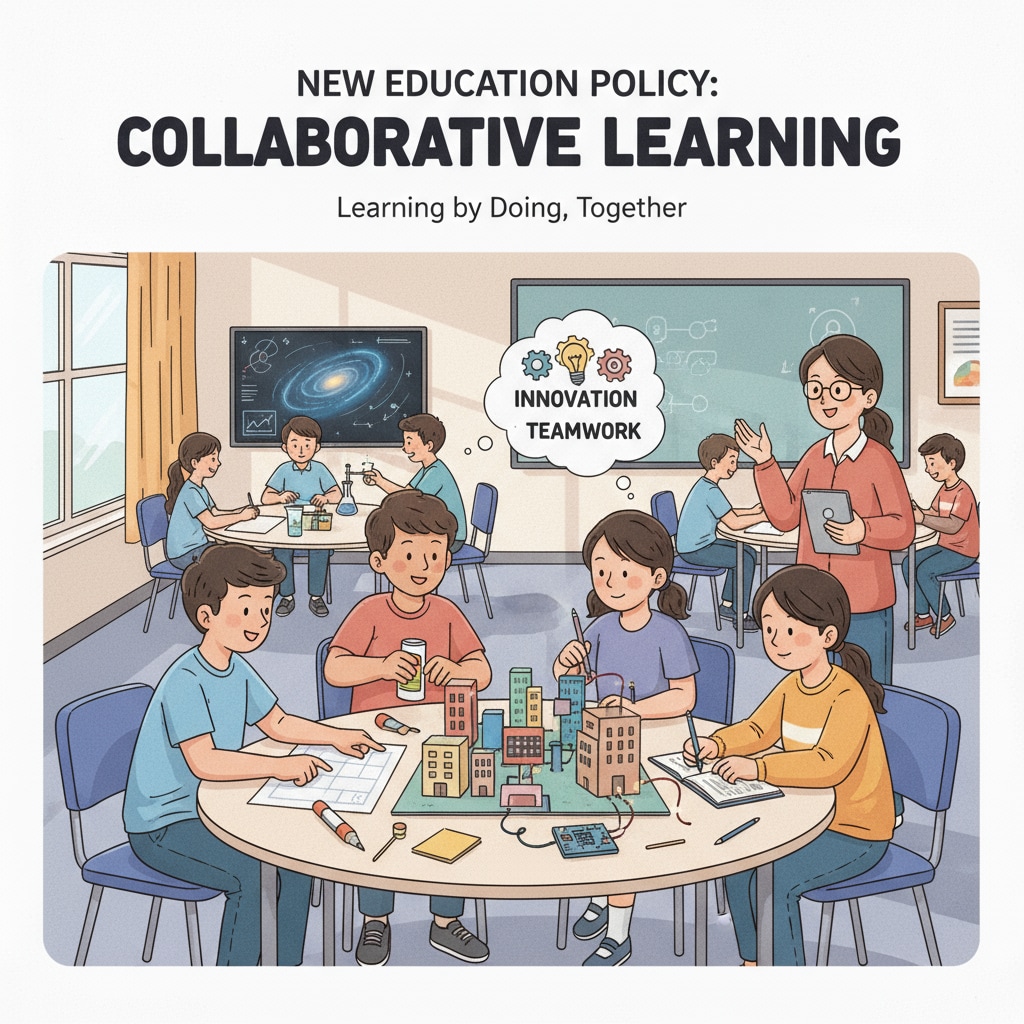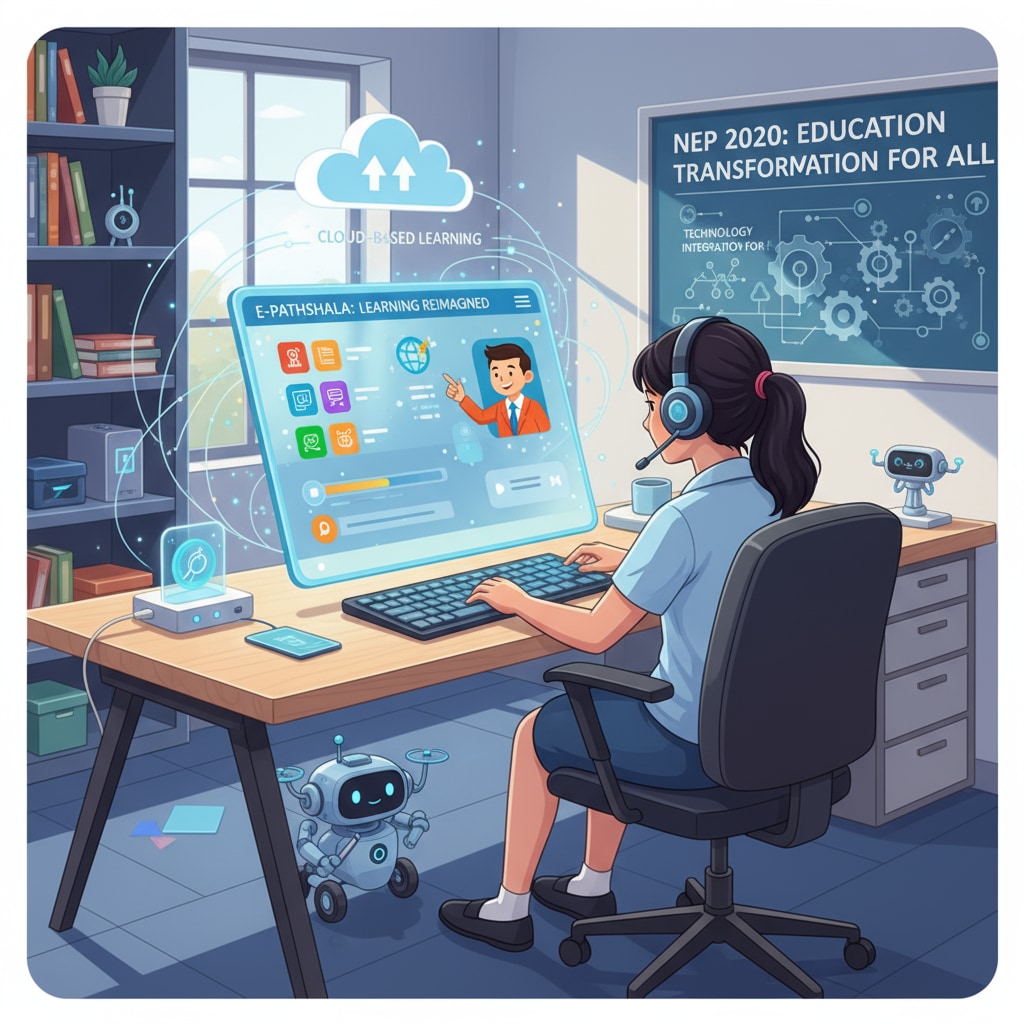The New Education Policy (NEP) has been a significant driving force in the realm of education reform. Since its inception, it has aimed to revolutionize the K12 education landscape. This article delves into its implementation status, achievements, challenges, and prospects.
Implementation Status of the New Education Policy
The NEP was formulated with a vision to transform the traditional education system. In the K12 sector, efforts have been made to restructure the curriculum. For example, there is an increased emphasis on holistic development, integrating subjects like art, sports, and vocational training into the mainstream curriculum. Many schools have started to adopt new teaching methods, such as project-based learning, to enhance students’ practical skills. Education reform concepts on Wikipedia

Achievements of the NEP in K12 Education
One of the notable achievements is the enhanced focus on students’ overall growth. The policy has encouraged schools to move beyond rote learning. As a result, students are now more actively involved in the learning process. Moreover, the integration of technology in education has been promoted. Many schools have introduced e-learning platforms, providing students with access to a wealth of educational resources. Education insights on Britannica

Another achievement is the attempt to make education more inclusive. There are initiatives to support students from disadvantaged backgrounds, ensuring they have equal access to quality education.
Challenges Faced During NEP Implementation
However, the implementation of the NEP has not been without challenges. One major hurdle is the lack of adequate teacher training. Many educators are still accustomed to traditional teaching methods and find it difficult to adapt to the new approaches required by the policy. Additionally, there is a shortage of resources in some schools, especially in rural areas, which limits the full implementation of the new curriculum.
Moreover, the assessment system, which is crucial for measuring students’ progress, needs further refinement to align with the new educational goals of the NEP.
Optimizing Policy Execution
To address these challenges, it is essential to invest in teacher training programs. These programs should focus on equipping educators with the skills and knowledge needed to implement the new teaching methods effectively. In addition, there should be a concerted effort to bridge the resource gap between urban and rural schools.
Furthermore, continuous feedback from students and educators should be incorporated into the policy-making process to ensure its relevance and effectiveness.
Readability guidance: This article uses short paragraphs to clearly present different aspects of the New Education Policy. Lists are used to summarize key points. The proportion of passive语态 is controlled, and transition words like ‘however’, ‘additionally’, and’moreover’ are used to enhance the flow of the content.


